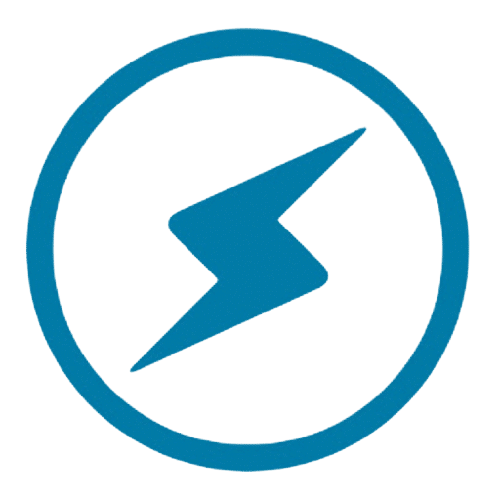Start With a Specific Story
At the Service World Expo in Las Vegas, Kevin Wu shared a case study that home service owners couldn’t ignore. One of his clients, a home improvement contractor, had 35 agents answering the same basic questions: where do you live, what do you need done, when can we come out? Within a few months of deploying his voice AI, that call center went from thirty‑five agents to five. Payroll expenses fell more than 75 percent, and the appointment‑set rate improved from 61 percent to 68 percent.
This wasn’t about tricking customers with a chatbot. Wu points out that when someone calls a plumber or electrician, they’ve already decided they want service. The job of the call center is to confirm the details and schedule the visit. A three‑minute, repetitive script is highly automatable. His “digital call center worker” does that job as reliably as a person and never misses an after‑hours call.
Why Leaping AI Stands Out
- On‑site onboarding. Wu and his engineers show up in person to configure the system and train your staff. His CTO was heading to rural Texas the week after our interview to make sure a contractor’s installation was dialed in. They don’t charge extra for this; Wu sees it as part of doing business right.
- Continuous improvement. The voice AI learns from your own scripts and real calls. It picks up the tone, phrasing and pacing of your best salesperson. It isn’t a generic bot; it adapts to your brand and gets better over time.
- Founder‑level support. Leaping AI is still in founder mode. There are no layers of account managers. Wu gives clients his personal phone number and responds within hours. When you have a problem, you’re talking to the engineers who built the product, not a sales rep reading from a script.
Learn From Kevin Wu’s Journey
Before founding Leaping AI, Wu was a management consultant at Boston Consulting Group with a computer science degree and a six‑figure salary. He quit that job to build an AI call center from scratch. For eighteen months he bootstrapped the company, taking on customers just to make the next month’s payroll. There were times when he didn’t know if he could pay his team. He lived lean and kept building.
That discipline paid off. In early 2025 Leaping AI was accepted into Y Combinator. The company raised $5 million and is now backed by the same investors who funded Airbnb, DoorDash and Coinbase. Wu moved to San Francisco but spends his time where his customers are — Las Vegas for Service World one week, remote Texas the next. He still hustles like a startup founder because he remembers what it felt like to be broke and unknown.
Take Small Steps Toward Automation
Wu doesn’t tell contractors to replace their entire staff overnight. He suggests starting with overflow calls and old leads that haven’t been contacted in a while. Let the AI handle the 10‑20 percent of calls your team doesn’t get to. Once you see it working with your scripts and customers, scale up to automating roughly half of your calls. There will always be edge cases and high‑value customers who prefer a human. For those situations, Leaping AI routes the call back to a person immediately. A human dialer can call back within five seconds and say, “You just spoke to my digital assistant — I’m here to schedule your appointment.” The goal isn’t to eliminate people; it’s to let your staff focus on the conversations where they add the most value.
Be Ambitious and Stay Human
If you want to see how voice AI can fit into your business, visit Leaping AI at https://leaping.ai and book a demo with Kevin Wu’s team. I love interviewing other home service entrepreneurs on my podcast and meeting them in person to share their stories and insights.
